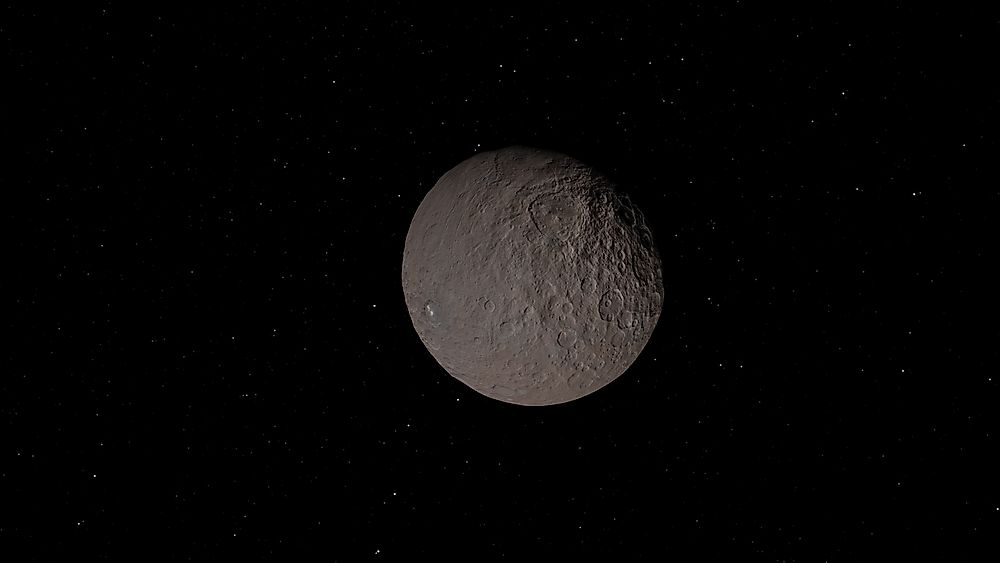Which Is The Largest Asteroid In The Solar System?

The universe is big and full of all manners of objects that range from dust particles to planet-sized megastructures. One of the most common objects that are found almost anywhere in the galaxy are the asteroids. Asteroids are defined as minor planets with the bigger ones being called planetoids that are formed from what is believed to be former planets that shattered through collisions with other planets or some huge cataclysmic event. The primary composition of asteroids are minerals.
Characteristics of Asteroids
Asteroids range from rocks that are a few feet in diameter to large structures that are more than 900 miles. Most asteroids are almost spherical with differentiated interiors. Their surfaces are mostly rocky and rugged due to the constant collisions with other objects in the solar system with surface temperatures that are as low as -73 degrees Celsius. Most asteroids are made of the same minerals that are found in planets which gives more credibility to the claim that they are former planets.
Largest Asteroid in the Solar System
Ceres is considered to be the largest asteroid ever recorded to date. It is located between Mars and Jupiter and has a diameter of about 587 miles. Ceres is mostly made of ice and rock and has its gravity owing to its massive size. The asteroid was discovered in 1801 by Giuseppe Piazzi who at first thought he had stumbled on a new planet. However, this was revised in the 1850s after the discovery of more objects of a similar shape close to Ceres that led scientist to the conclusion that it was an asteroid rather than a fully-fledged planet. Ceres has Sulfur dioxide on its surface as well as iron-rich clay; water vapor traces have also been detected in its atmosphere which is believed to be a result of the ice melting during the warm periods.
Formation of the Largest Asteroid in the Solar System
Ceres is believed to be a remnant of a former planet that disintegrated 4.5 billion years ago; this claim is supported by the existence of minerals usually associated with planets. The surface was later shaped by more collisions and impacts combined with the effect of low temperatures that transformed its core into ice. The spinning that occurs when an object is hurled into space usually disintegrates it into smaller particles. Ceres was able to survive this ordeal because its heavy metals sunk to the core making it compact.
Interesting Facts About Ceres
Ceres was the first ever object in the solar system to be classified as an asteroid after being mistaken for another planet for half a century. Ceres alone accounts for a third of the total mass of the asteroid belt. The only thing standing in the way of Ceres from being classified as a planet is the fact that it shares an orbit with other asteroids rather than having an orbit of its own. Ceres derives its name from the Greek mythology, it is the name of the Greek god of agriculture, Ceres was initially called Ceres Ferdinandea, but the name was changed almost immediately after objections were raised. It is believed that Ceres has more fresh water stocked up in its inner mantle that is more than all the freshwater that is found on Earth. The asteroid takes 4.6 earth years to complete its orbit around the sun and 9 hours and 4 minutes to complete a full rotation on its axis.











